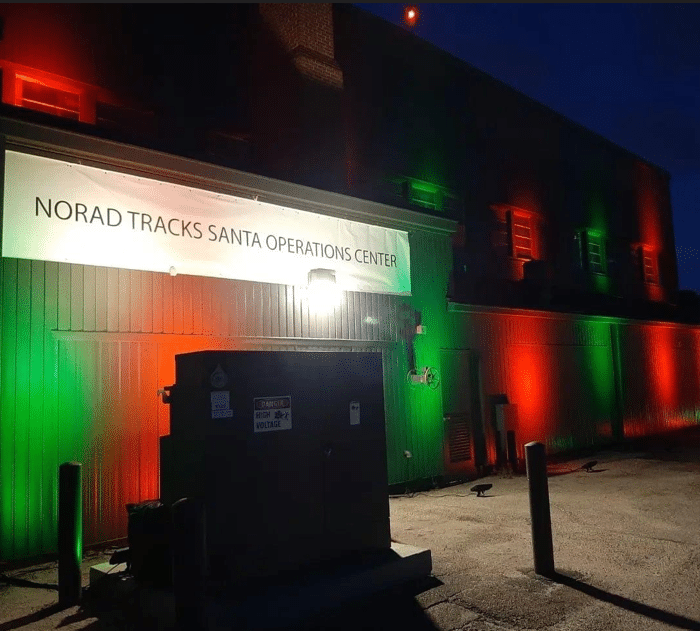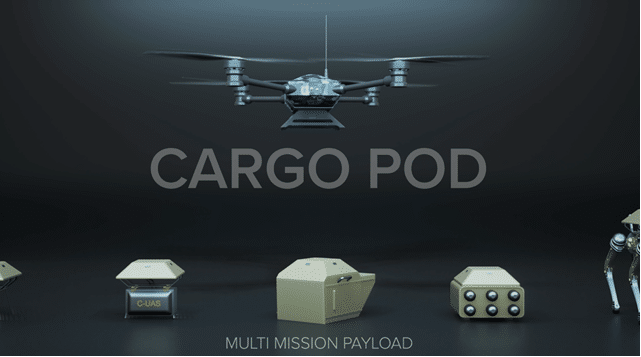By: Ken Fox, Senior Vice President, Diplomacy and International Development, Amentum
Introduction
Humanitarian crises are becoming increasingly frequent and complex, with millions of people affected by conflicts, natural disasters, and other emergencies every year. The lack of readiness and response to these crises poses significant challenges to the global community.
Background
There is a critical need to improve the readiness and response mechanisms for humanitarian crises. This includes developing effective preparedness plans, strengthening the capacity of humanitarian actors, improving coordination and collaboration between various stakeholders, and providing timely and appropriate assistance to those affected by crises.
Several factors contribute to this problem, including inadequate funding, limited resources, weak governance, and political conflicts. The COVID-19 pandemic has exposed significant gaps in the current humanitarian response system, highlighting the urgent need to develop new approaches and innovative solutions to address this problem.
The ability for organizations to quickly adapt operations for a timely and effective response to changing circumstances, and to do so in a way that is sustainable and efficient, is essential when responding to urgent humanitarian crises.
Mission Agility at Scale
Organizations must have a flexible and adaptable structure, as well as the necessary resources and capacity to respond to crises in a timely manner. This means having the ability to rapidly deploy staff, equipment, and supplies to affected areas, and to coordinate with other organizations to ensure a collaborative response.
With advances in technology, organizations are now able to collect and analyze data in real time, enabling them to make more informed decisions and respond more quickly to changing circumstances. For example, satellite imagery and drones can be used to assess the extent of damage caused by a natural disaster, while social media can be used to gather information on the needs and concerns of affected communities.
The involvement of local communities is another important element for an effective response effort. By working closely with local leaders and organizations, and by involving community members in the response effort, organizations can ensure that their response is tailored to the specific needs of the affected population.
While the initial response to a humanitarian crisis is focused on providing immediate relief, organizations must also consider the longer-term needs of affected communities. This means investing in infrastructure, building local capacity, and supporting the development of sustainable livelihoods.
By having a flexible and adaptable structure, using technology, involving local communities, and taking a long-term perspective, organizations can respond quickly and effectively to crises, while also building resilience and supporting sustainable development.
Resilient Supply Chain for Rapid Response
Organizations must be able to respond quickly and efficiently to deliver essential supplies, including food, water, medicine, and shelter, to affected populations. A flexible supply chain is essential to achieving this goal.
One key element of a flexible supply chain is the ability to rapidly adapt to changing conditions. In a humanitarian crisis, conditions on the ground can change quickly and unpredictably. Organizations must be able to respond in real time to these changes, shifting their resources and adapting their supply chains to meet the needs of the affected population.
Another critical element of a flexible supply chain is the ability to leverage technology. Technology can play a significant role in streamlining the supply chain, and improving the speed and efficiency of logistics operations. For example, digital tracking systems can provide real-time visibility into the location and movement of supplies, allowing organizations to monitor their inventory levels and adjust their distribution plans accordingly.
In addition, organizations must prioritize collaboration and coordination among all stakeholders involved in the response effort. This includes government agencies, non-governmental organizations, and private sector partners. Coordination is critical to avoid duplication of efforts and ensure that resources are allocated efficiently.
Finally, a flexible supply chain must be built on a foundation of resilience. Organizations must be prepared to respond to a wide range of crises, from natural disasters to conflict situations. By building a resilient supply chain, organizations can ensure that they are able to respond effectively to any crisis, no matter how severe.
By prioritizing adaptability, technology, collaboration, and resilience, organizations can ensure that they are able to respond quickly and efficiently to deliver essential supplies to those in need.
Advanced Technology Increasingly Vital to Humanitarian Crisis
Advanced technology has become increasingly vital in humanitarian crises as it can help facilitate relief efforts and improve the lives of affected individuals. In recent years, advancements in technology such as drones, artificial intelligence (AI), and data analytics have played a significant role in responding to humanitarian crises.
Drones have been used for a variety of purposes in humanitarian crises, including search and rescue, delivering medical supplies and aid, and assessing damage to infrastructure. Drones can access hard-to-reach areas and provide real-time information, which can be used to inform relief efforts and save lives.
AI and data analytics have also become increasingly important in humanitarian crises. They can be used to analyze large amounts of data quickly, allowing aid organizations to make informed decisions and allocate resources more effectively. AI can also help predict the impact of natural disasters and identify vulnerable populations, allowing for more targeted relief efforts.
In addition to these technologies, mobile phones and the internet have also played a significant role in humanitarian crises. They allow individuals to access important information and communicate with aid organizations and loved ones.
Conclusion
An effective readiness and response plan is crucial in mitigating the impact of humanitarian crises. It is imperative for an organization to possess the capacity to promptly plan to immediately dispatch personnel, resources, and equipment to impacted regions, while also effectively working with other organizations and governments to facilitate joint relief efforts. Achieving this goal necessitates a flexible supply chain that can adapt to the rapidly evolving needs on the ground while using the latest technological capabilities available.









